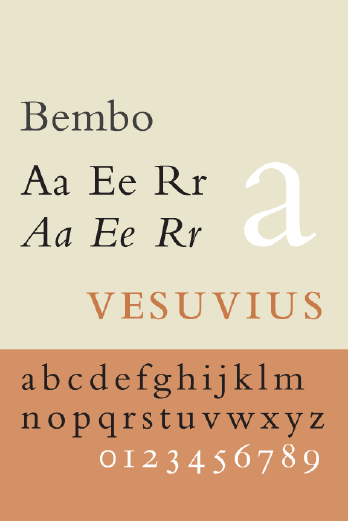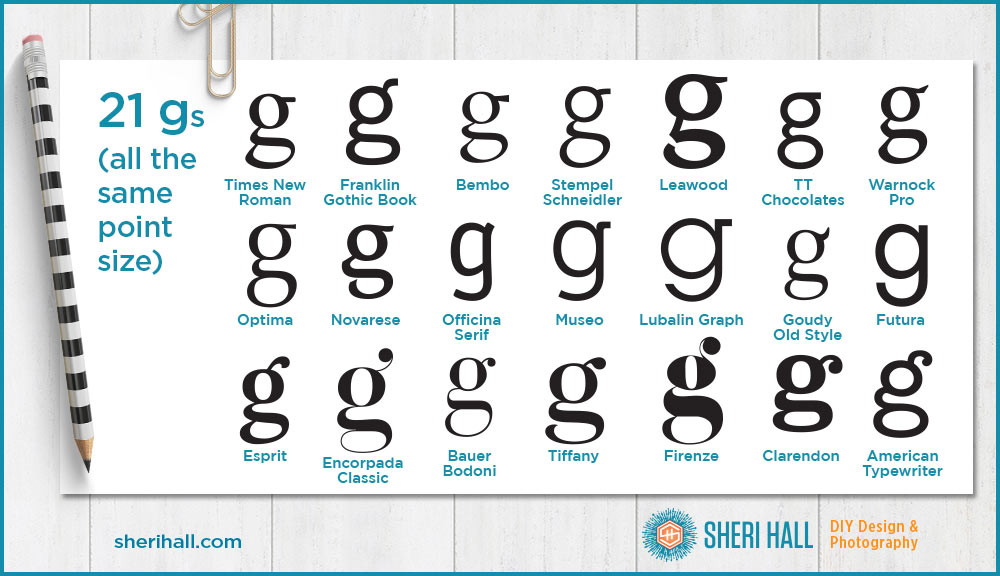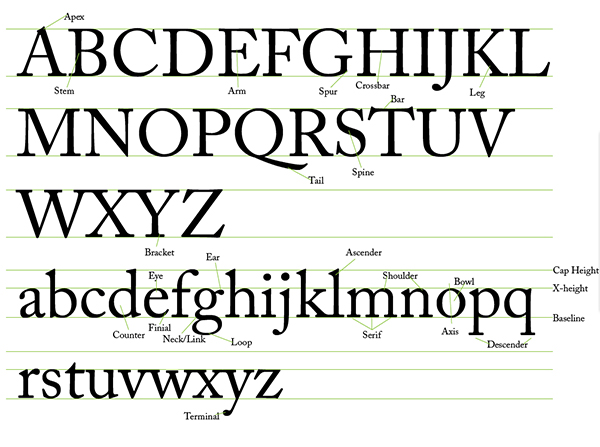

Transitional: Bulmer (this was used in my wedding invitation last year so has sentimental value – the quote on the homepage is an extract from it) and Times New Roman Why not classify typefaces around what they are designed to be used for and work from there… So enough of my ranting about classification systems… I’ve chosen a number of typefaces to look at for this project and based my decision on the traditional classifications and within these selected typefaces that I have used or come across for a particular reason. The article I posted yesterday suggests some ideas for different classifications but I’m not even sure that these are that practical.

Then of course you’ve the Blackletters and script/calligraphy typefaces on top of this. But then some classifications go even deeper, dividing Old Style into Humanist (Venetian) and Geralde (French) faces… Some call Modern Didone… Some lump all the sans serifs into a Lineal classification which is then sub-divided into Humanist (loosely based on the serif forms of the same classification), Geometric (Futura, for example) and the Grotesques. You have the basic Old Style, Transitional, Modern trio which are then divided into serif and sans serif plus the Slab serifs and Grotesques. There seem to be so many iterations of the historic classifications. Yesterday I spent some time trying to understand the various classification systems that are used, which to be honest are rather confusing.

I’ve been making a start on the Type Classification project.


 0 kommentar(er)
0 kommentar(er)
